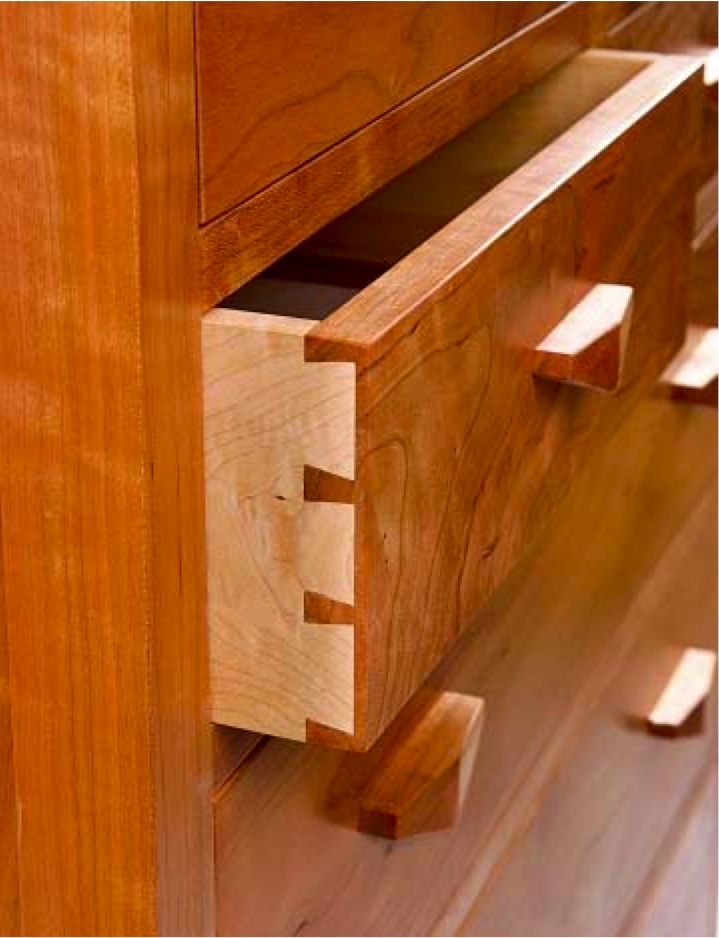Simpson Strong Tie DIY Page
 So, you have to build yourself a workbench, but you don’t have the time, skill or money to construct one of those could- double – as- an- altar- in- some- minor- woodworking- religion workbenches you see in woodworking magazines.
So, you have to build yourself a workbench, but you don’t have the time, skill or money to construct one of those could- double – as- an- altar- in- some- minor- woodworking- religion workbenches you see in woodworking magazines.
Never fear. If you can cut some 2×4’s and drive screws, you can build yourself a very decent workbench for a small investment of time and money.
Simpson Strong Ties, the folks who make hurricane tie-downs and other metal construction connectors, have a line of hardware that can allow you to build shelves, bins and workbenches. Their DIY page has all the plans and cut lists you need to put together a shop full of storage and work surfaces in an afternoon.


 So, you want to build a woodworking project, but you are not sure where to find a set of plans to get started with?
So, you want to build a woodworking project, but you are not sure where to find a set of plans to get started with? Imagine being able to look at a plain block of wood and turn it into a gorgeous work of art. Interested, but not sure where to begin?
Imagine being able to look at a plain block of wood and turn it into a gorgeous work of art. Interested, but not sure where to begin?
 If you are looking for an adhesive to stick your projects together, there are dozens of choices out there. Some you expect to see in today’s workshop (yellow carpenter’s glues). Others are prized for their specific properties such as being waterproof or extremely tough (epoxy).
If you are looking for an adhesive to stick your projects together, there are dozens of choices out there. Some you expect to see in today’s workshop (yellow carpenter’s glues). Others are prized for their specific properties such as being waterproof or extremely tough (epoxy). Woodworking master George Nakashima’s influence is still felt in the works he created and at the furniture shop run by the craftsmen who continue his tradition.
Woodworking master George Nakashima’s influence is still felt in the works he created and at the furniture shop run by the craftsmen who continue his tradition.